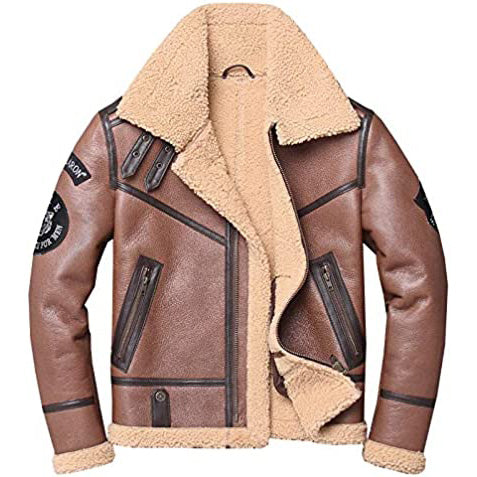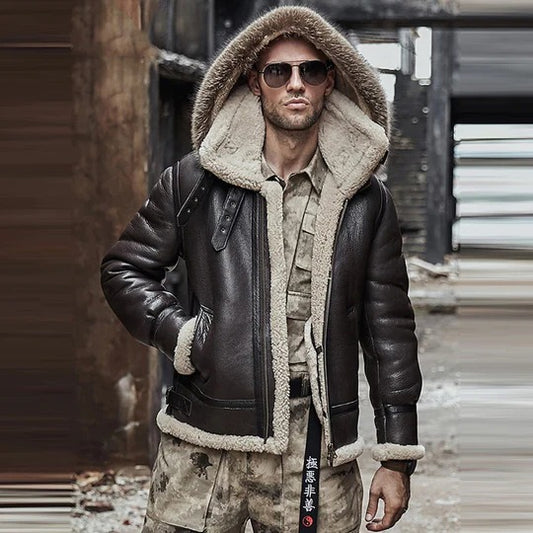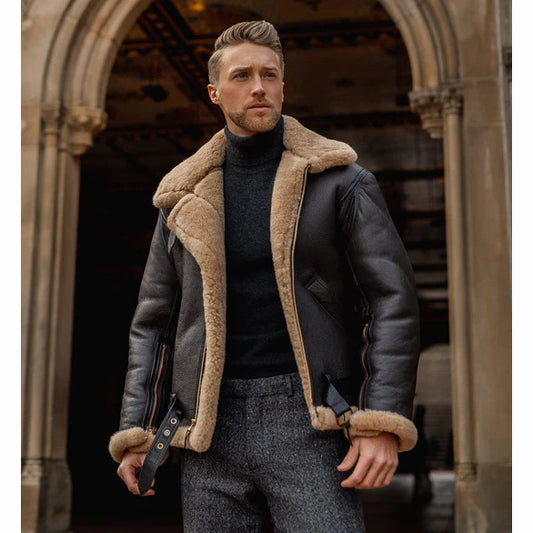Kangaroo leather is a unique type of leather that is gaining popularity in various industries. Known for its lightweight, strength, and durability, it’s becoming a top choice for crafting high-quality products like boots, gloves, sports gear, and even luxury accessories. But what makes kangaroo leather so special? Let’s explore this fascinating material and why it might be the right choice for you.
What Makes Kangaroo Leather Different?
Kangaroo leather is prized for its exceptional strength-to-weight ratio, making it one of the most durable leathers available. Unlike traditional cowhide or goatskin, kangaroo leather is much lighter but equally, if not more, robust. This is due to the unique fiber structure of the kangaroo's skin. The fibers are closely packed, offering significant tensile strength without adding unnecessary weight.
Why Choose Kangaroo Leather?
If you're looking for a durable, lightweight leather option, kangaroo leather might be your best bet. Here’s why:
- Strength: It’s 10 times stronger than cowhide of the same weight.
- Flexibility: Kangaroo leather is exceptionally flexible, making it perfect for products that require both strength and flexibility, like sports equipment and footwear.
- Abrasion Resistance: Kangaroo leather is known for its high resistance to wear and tear, making it ideal for high-performance and outdoor gear.
- Lightweight: Despite its strength, it remains lightweight, which makes it popular in industries where weight is a concern, such as sports and fashion.
How is Kangaroo Leather Made?
Step 1: Sourcing
Kangaroo leather is primarily sourced from Australia, where kangaroo populations are managed under strict regulations to ensure sustainability and minimal environmental impact.
Step 2: Tanning
After sourcing, the hides undergo a specialized tanning process to retain their natural strength while enhancing flexibility. The tanning process is crucial for making the leather suitable for a wide range of applications.
Step 3: Finishing
Once tanned, the leather is dyed and finished based on its intended use. This might include adding coatings for additional water resistance or enhanced texture.
Step 4: Grading
Finally, the leather is graded based on its quality, thickness, and finish, ensuring that it meets industry standards for various applications.
Benefits of Kangaroo Leather
Kangaroo leather offers multiple benefits over other types of leather. Let’s look at some of its advantages:
-
High Tensile Strength
Kangaroo leather is known for its unmatched tensile strength. This means it can handle substantial wear and tear without compromising its integrity. -
Lightweight
If weight is a concern, kangaroo leather is ideal. Its lightweight properties make it a popular choice for sports gear, shoes, and bags. -
Flexible and Breathable
Unlike many other types of leather, kangaroo leather is incredibly flexible. This makes it comfortable to wear and easy to work with. -
Natural Water Resistance
Kangaroo leather has a natural resistance to water, making it suitable for outdoor products like hiking boots or outdoor jackets. -
Eco-Friendly
Kangaroo harvesting is strictly regulated to ensure the population remains sustainable, making it an environmentally conscious choice for consumers.
Products Made from Kangaroo Leather
Footwear
Kangaroo leather is widely used in the footwear industry due to its unique properties. High-end sports shoes, hiking boots, and even luxury dress shoes often feature kangaroo leather because it’s light, strong, and durable.
Sports Equipment
It’s not just shoes—kangaroo leather is the go-to material for crafting sports equipment like soccer balls, gloves, and protective gear. Why? Because it’s lightweight and can withstand high levels of wear and tear.
Luxury Goods
Luxury goods like bags, wallets, and belts made from kangaroo leather offer a premium look and feel. The lightweight yet strong nature of the leather makes it perfect for these products.
Pros and Cons of Kangaroo Leather
Pros:
- Durability: Exceptional strength-to-weight ratio.
- Flexibility: Perfect for intricate designs and sports gear.
- Lightweight: Ideal for footwear and luxury goods.
- Natural Water Resistance: Better protection against moisture.
- Sustainable: Eco-friendly with regulated harvesting practices.
Cons:
- Availability: Mostly found in Australia, which can affect pricing and supply.
- Price: Tends to be more expensive than other types of leather.
- Limited Colors: Limited dyeing options compared to cowhide or goatskin.
Best Occasions to Use Kangaroo Leather
For Sports Enthusiasts
If you’re into high-performance sports like soccer, hiking, or biking, kangaroo leather offers the strength and flexibility needed in your gear.
Fashion Lovers
Those who appreciate luxury goods will love the look and feel of kangaroo leather wallets, bags, and jackets. Its durability ensures that these items last longer and maintain their elegance.
Outdoor Adventurers
For outdoor enthusiasts, kangaroo leather is a reliable option. Its natural water resistance and lightweight nature make it perfect for camping gear, hiking boots, and outdoor clothing.
Expert Opinion on Kangaroo Leather
According to leather experts, kangaroo leather has a unique combination of strength, flexibility, and weight. This makes it a superior option for products where durability and comfort are crucial.
In an interview, John Carter, a seasoned leather craftsman, shared, “Kangaroo leather has been my go-to material for high-quality shoes. Its lightweight nature and high tensile strength give my products an edge over the competition.”
Personal Experience
When I first came across kangaroo leather, I was amazed at its smooth texture and lightweight feel. It was surprising to see how something so light could be so strong. After using a pair of kangaroo leather boots on a hike, I understood why outdoor enthusiasts swear by it. The flexibility, combined with the durability, made the experience enjoyable.
Comparative Analysis: Kangaroo Leather vs. Other Types of Leather
Kangaroo Leather vs. Cowhide
- Strength: Kangaroo leather is stronger than cowhide of the same thickness.
- Weight: Lighter than cowhide, making it more comfortable for extended wear.
- Flexibility: Kangaroo leather is more flexible, making it ideal for intricate designs.
Kangaroo Leather vs. Goatskin
- Durability: Kangaroo leather offers better abrasion resistance than goatskin.
- Texture: Goatskin has a rougher texture, while kangaroo leather is smoother.
Conclusion
Kangaroo leather is an exceptional choice for anyone looking for lightweight, durable, and flexible leather. From sports gear to luxury goods, it offers versatility that few other types of leather can match. If you’re looking for quality, kangaroo leather is worth considering.
FAQs About Kangaroo Leather
1. Is kangaroo leather more durable than cowhide?
Yes, kangaroo leather is 10 times stronger than cowhide of the same weight.
2. What products are made with kangaroo leather?
It’s used for footwear, sports equipment, gloves, bags, and jackets.
3. Is kangaroo leather eco-friendly?
Yes, kangaroo leather is sourced under strict regulations to ensure sustainability.
4. Why is kangaroo leather so popular in sports?
It’s popular because of its lightweight, flexibility, and strength—ideal for sports gear.
5. How should I care for kangaroo leather?
Regularly clean and condition the leather to maintain its natural properties.




